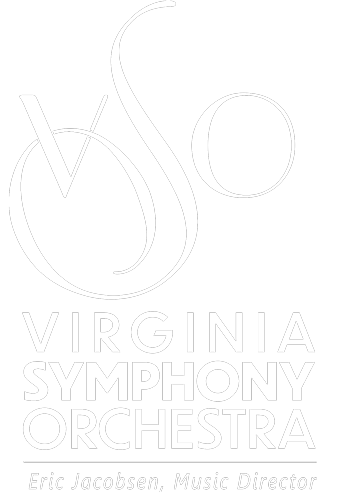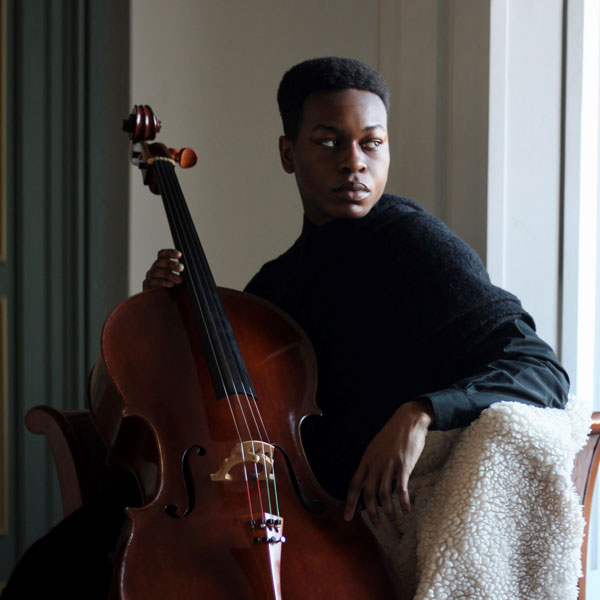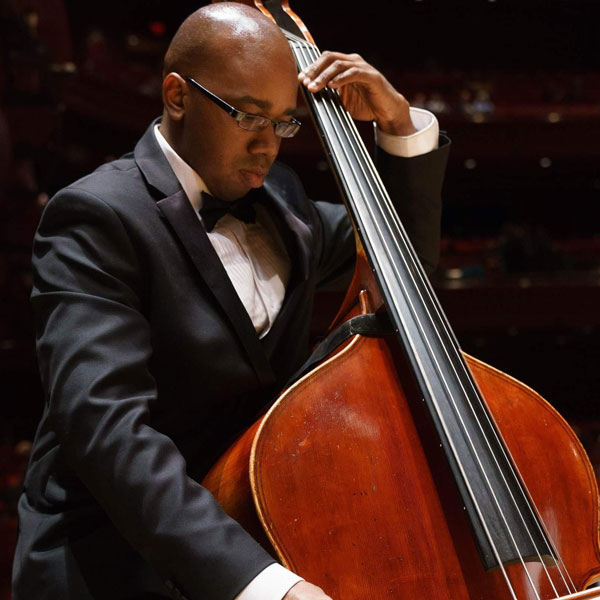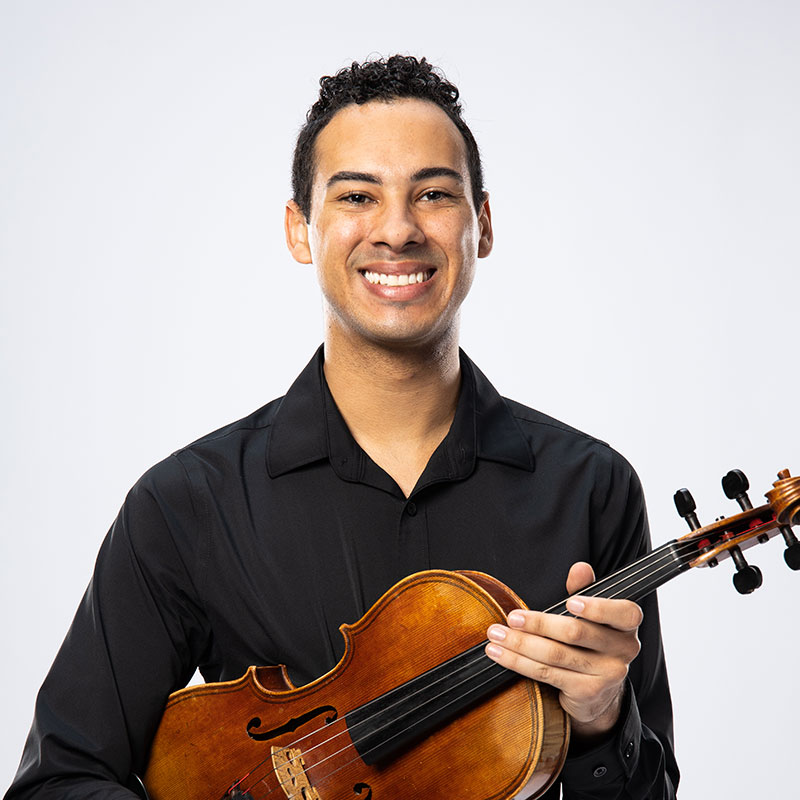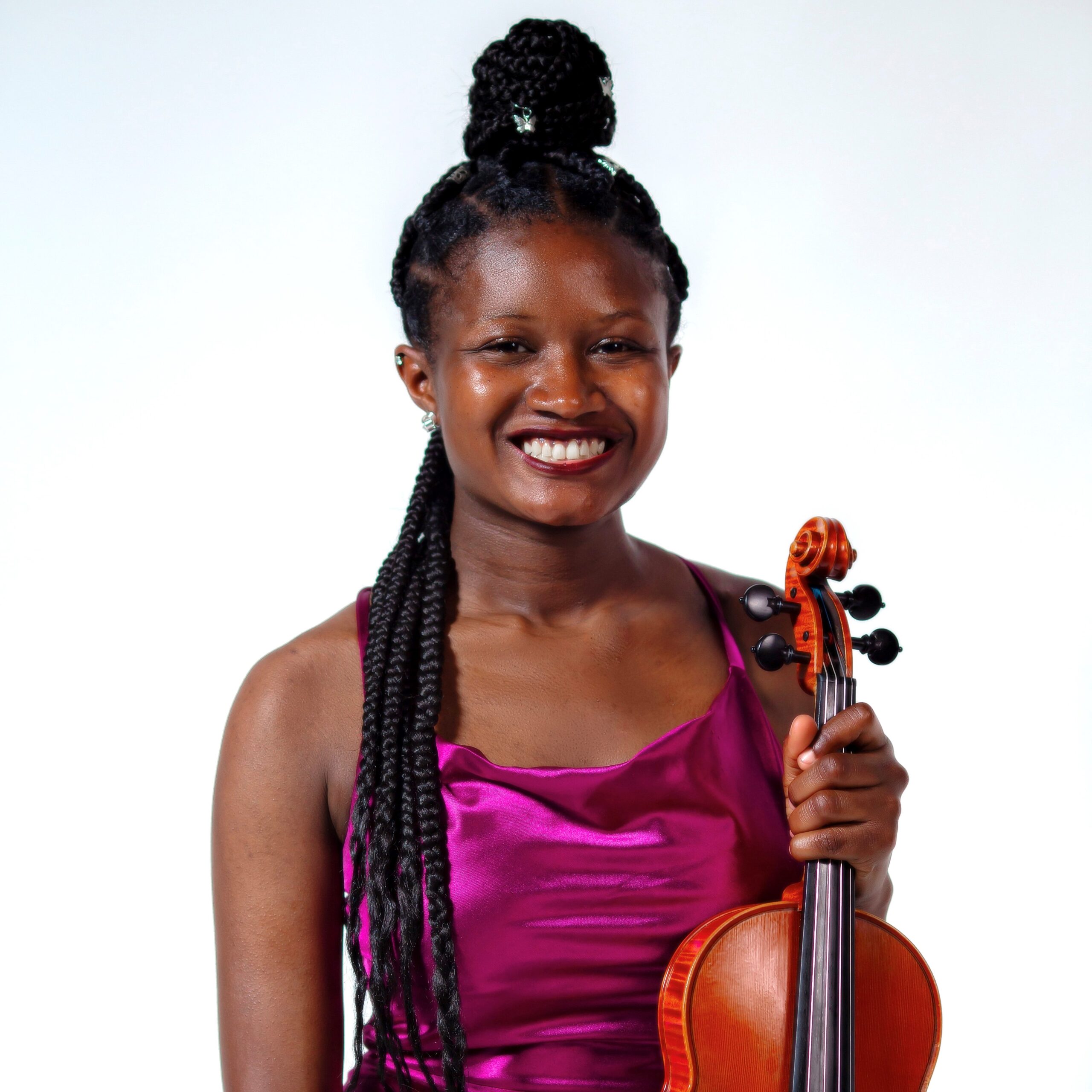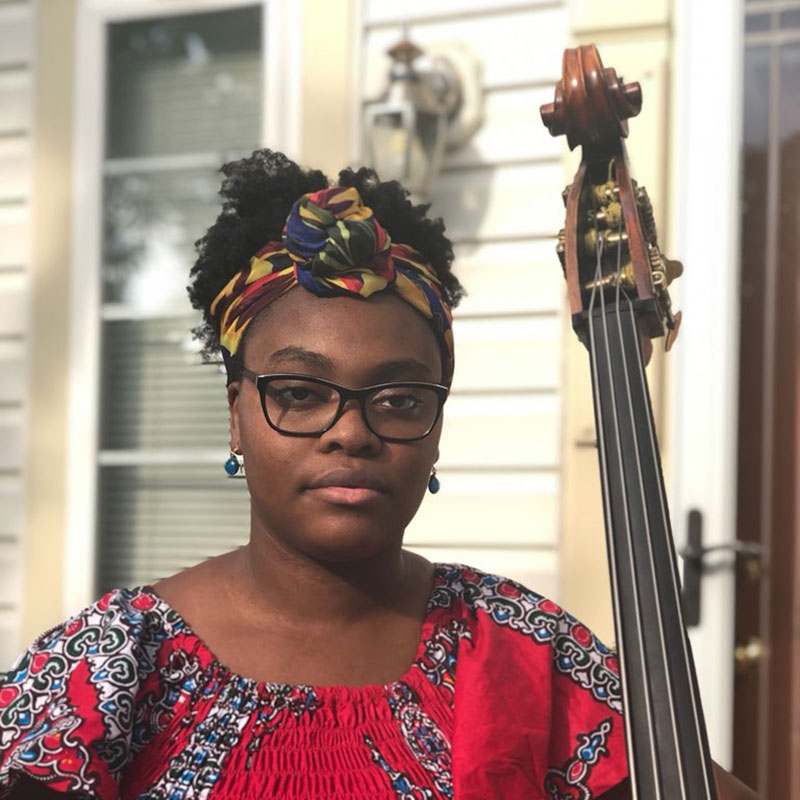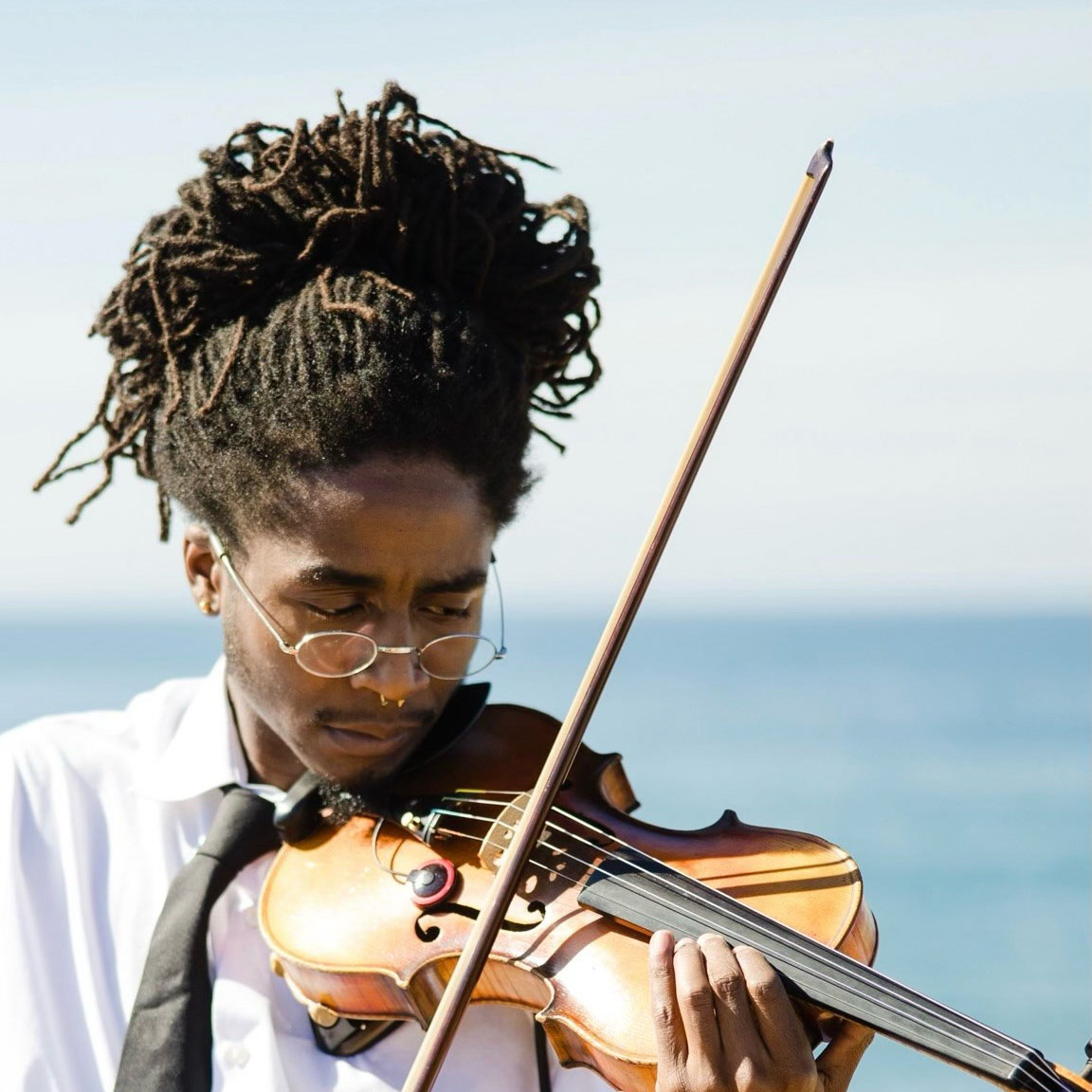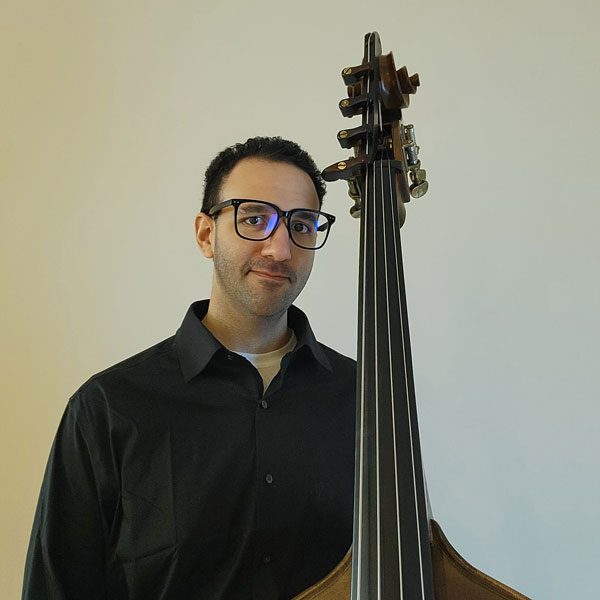What about the music?
An inside look with the Virginia Symphony Orchestra
Saint-Saëns’ Organ Symphony
Friday, October 18, 2024 7:30PM | Ferguson Center
Saturday, October 19, 2024 7:30PM | Chrysler Hall
Sunday, October 20, 2024 2:30PM | Sandler Center
Lili Boulanger: Psalm 24
Joseph Bologne, Chevalier de Saint-Georges: Violin Concerto in A major, Op.5 No 2
Camille Saint-Saëns: Symphony No. 3, “Organ”
By Stella Feliberti
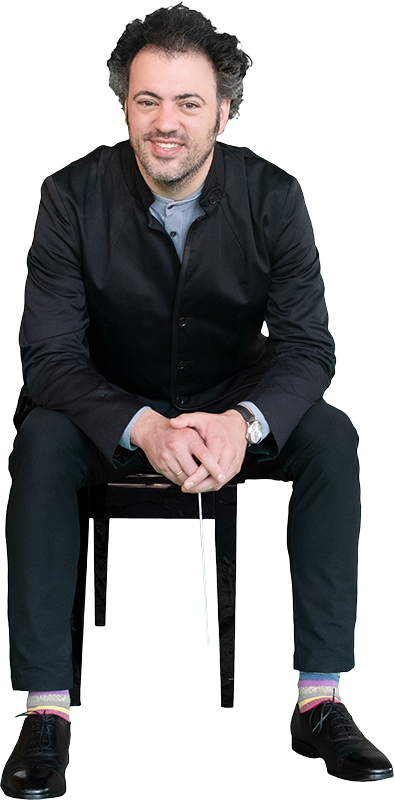
The Performers
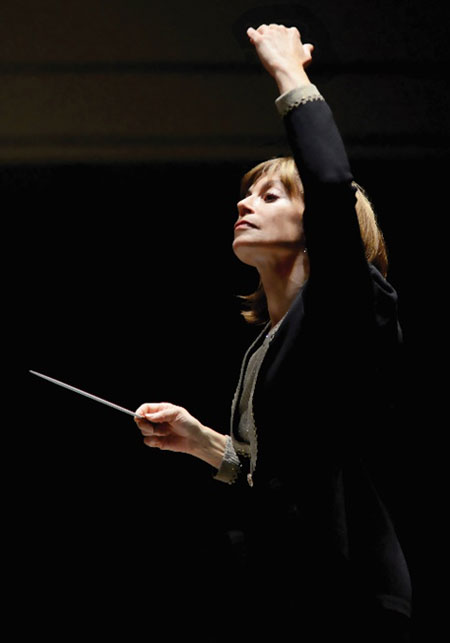
Conductor
JoAnn Falletta
Multiple Grammy Award-winning conductor JoAnn Falletta serves as Music Director of the Buffalo Philharmonic, and the Connie and Marc Jacobson Music Director Laureate of the Virginia Symphony, Principal Guest Conductor of the Brevard Music Center and Conductor Laureate of the Hawaii Symphony. She was recently named one of the “Fifty Great Conductors,” past and present, by Gramophone Magazine, and is hailed for her work as a conductor, recording artist, audience builder and champion of American composers.
As Music Director of the Buffalo Philharmonic, Falletta became the first woman to lead a major American orchestra and has been credited with bringing the Philharmonic to an unprecedented level of national and international prominence. The Buffalo Philharmonic has become one of the leading recording orchestras for Naxos, with two Grammy Award-winning recordings. In honor of Falletta’s 25th Anniversary with the BPO, which is being celebrated this season, NAXOS released twenty full albums of music, previously available only on Beau Fleuve CDs, across all major streaming platforms. This past season, the BPO performed at Carnegie Hall for a centennial celebration of former BPO Music Director Lukas Foss and traveled to Florida for their fifth tour of the State under Falletta’s leadership.
Falletta is a member of the esteemed American Academy of Arts and Sciences, has served by presidential appointment as a Member of the National Council on the Arts during the George W. Bush and Obama administrations and is the recipient of many of the most prestigious conducting awards. She has conducted over 1,600 orchestral works by 600-plus composers, including over 125 works by women. Credited with performing more than 150 world premieres, ASCAP has honored her as “a leading force for music of our time”. In 2019, JoAnn was named Performance Today’s first Classical Woman of The Year, calling her a “tireless champion,” and lauding her “unique combination of artistic authority and compassion, compelling musicianship and humanity.”
Falletta is a strong advocate and mentor for young professional and student musicians. She has led seminars for women conductors for the League of American Orchestras and established a unique collaboration between the Buffalo Philharmonic and the Mannes College of Music to give up-and-coming conductors professional experience with a leading American orchestra. In 2018, she served on the jury of the Malko Competition in Denmark. She has had great success working with young musicians, guest conducting orchestras at top conservatories and summer programs such as Tanglewood, the National Repertory Orchestra, National Orchestral Institute, Interlochen, and Brevard Music Center, and as Artistic Advisor at the Cleveland Institute of Music.
Falletta has held the positions of Principal Conductor of the Ulster Orchestra, Principal Guest Conductor of the Phoenix Symphony, Music Director of the Long Beach Symphony Orchestra, Associate Conductor of the Milwaukee Symphony Orchestra, and Music Director of the Denver Chamber Orchestra and The Women’s Philharmonic.
After earning her bachelor’s degree at Mannes, Falletta received master’s and doctoral degrees from The Juilliard School. When not on the podium, JoAnn enjoys playing classical guitar, writing, cycling, yoga and is an avid reader.
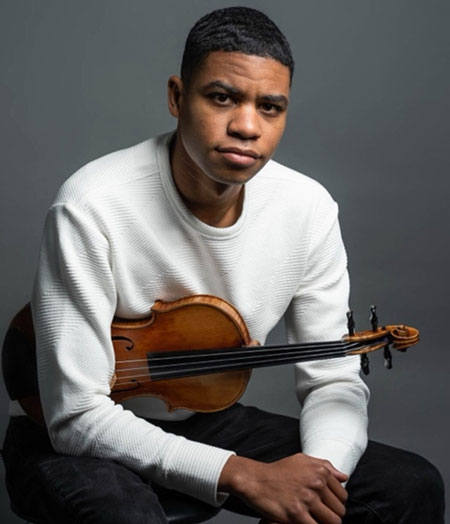
Violin
Brendon Elliott
Virginia native Brendon Elliott received his bachelor’s degree from the Curtis Institute of Music, studying with Pamela Frank and Joseph Silverstein. He completed his master’s degree at the Juilliard School under Sylvia Rosenberg and Ronald Copes. He began playing under his mother’s tutelage at the age of 3 and made his solo debut when he was 10 years old, performing a concerto with the Hampton University Orchestra. Since then, he has soloed with several professional and community orchestras.
Elliott is a two-time alumnus of NPR’s “From the Top,” a nationally syndicated radio broadcast featuring America’s talented young musicians. He has toured with the Virginia Symphony Orchestra, performing the Hailstork Violin Concerto, played alongside vocalist Natalie Cole and soloed with the VSO for five Young People’s Concerts. His performance of William Grant Still’s Mother and Child at a Martin Luther King memorial concert was broadcast on the radio. As a three-time concerto competition winner, he appeared as a guest soloist with the Richmond Symphony.
Elliott also performed Joachim’s cadenza for Mozart’s Violin Concerto No. 5 during a special concert with the New York Philharmonic. He has performed with orchestras such as the Sphinx Virtuosi Chamber Orchestra, Orpheus Chamber Orchestra, Orchestra of St. Luke’s and Chineke! Orchestra. The Charleston Post and Courier has described his solo performance with the Colours of Music Virtuosi as exhibiting “grace and poise, displaying a fine technique and sweet tone.”
Elliott’s summer studies have included two years at the Aspen Music Festival and the Heifitz International Music Festival, the Eastern Music Festival, Sarasota Music Festival, the Chautauqua Music Festival and the Tanglewood Music Festival.
Brendon’s family is also very musical; he is the first violinist in his family’s ensemble, The Elliott Family String Quartet, and has traveled extensively performing with the ensemble. Brendon plays on violin Opus 731, made by Douglas Cox, violinmaker in Brattleborro, Vermont.
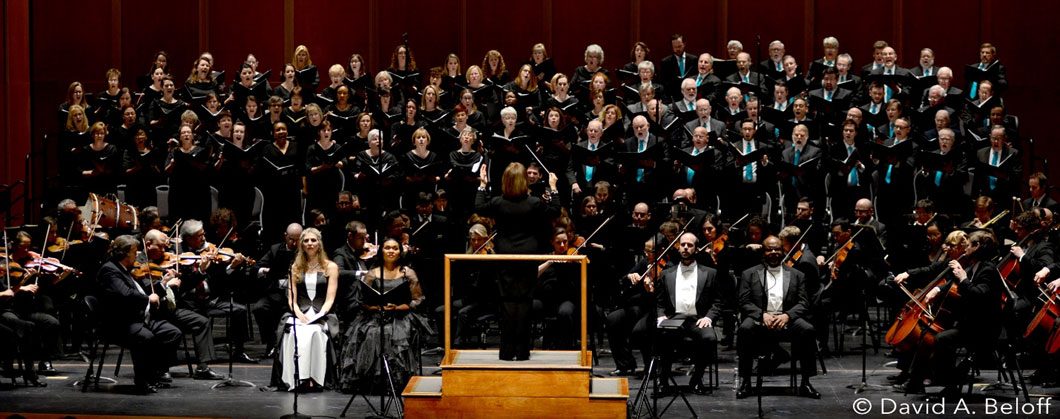
Virginia Symphony
Orchestra Chorus
The 2024-2025 season marks the 35nd anniversary of the Virginia Symphony Chorus, and its twenty-eighth under the direction of Chorusmaster Robert Shoup. In addition to regular appearances with the Virginia Symphony Orchestra, the chorus has performed outside Hampton Roads to remarkable acclaim. Under the baton of Mr. Shoup, the Chorus has traveled to sold-out houses as far afield as Prague, Vienna, Berlin, Leipzig, Munich, Salzburg and closer to home at the Kennedy Center in Washington, D.C. The Chorus has appeared twice at the Breckenridge Music Festival in Colorado, was an integral part of the 400th anniversary of Jamestown Celebration, and in 2010 was the featured chorus of the critically-acclaimed Virginia Arts Festival performance of Leonard Bernstein’s Mass. In 2012, the Chorus was a key participant with the Virginia Arts Festival presentation of Mahler’s 8th Symphony. Most recently, a commendable performance of Stravinsky’s Les Noces was presented and recorded in Norfolk, in May of 2013.
The Creators
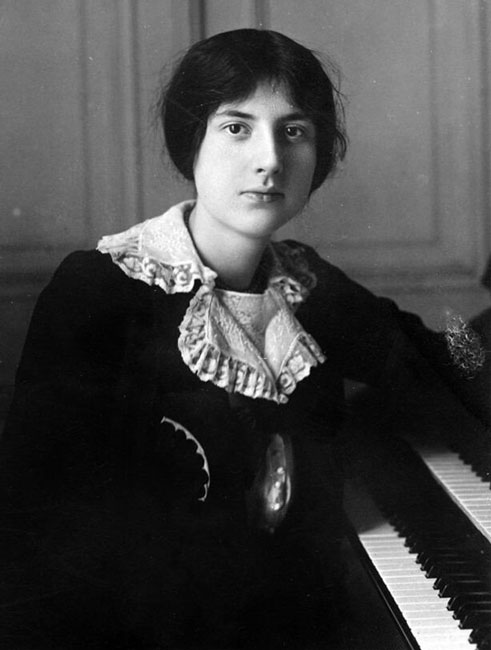
Lili Boulanger
Fast Facts:
- Boulanger was born in 1893 to a very musical family. Her father was a prize-winning composer and choral conductor, and her mother a Russian princess and singer. Lili Boulanger’s sister, Nadia, became an infamous composition teacher to many 20th century composers like Aaron Copeland.
- She became close friends with Gabriel Fauré from a young age. It was Fauré who discovered Boulanger had perfect pitch.
- Boulanger attend the Paris Conservatoire where she studied music theory and organ. She also played piano, violin, cello, and harp.
- She was the first woman to win the Prix de Rome in 1913. Her cantata, Faust et Hélène earned her this prestigious award.
- Boulanger contracted bronchial pneumonia from a young age, which weakened her immune system. She suffered with chronic illness all her life, leading to her early death at age 24.
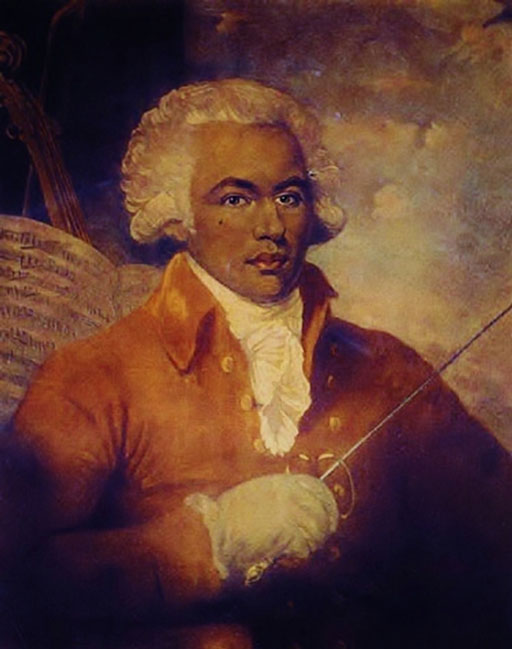
Joseph Bologne, Chevalier de Saint Georges
Fast Facts:
- Joseph Bologne, or Chevalier de Saint Georges, was born in 1745 in the French colony of Guadeloupe. He is the son of a wealthy planter and his wife’s African slave.
- His interest in music started from a young age. It is suspected that violinist Antionio Lolli taught young Chevalier and François Joseph Gossec taught him composition.
- In addition to being a talented violinist and composer, he was also a skilled swordsman. His sword skills earned him the title Chevalier or knight.
- Chevalier was once a candidate for the Paris Opera but was denied because the opera’s lead female singers went to Queen Marie Antoinette to prevent his appointment. They said they did not want to take orders from a “mulatto” or mixed person.
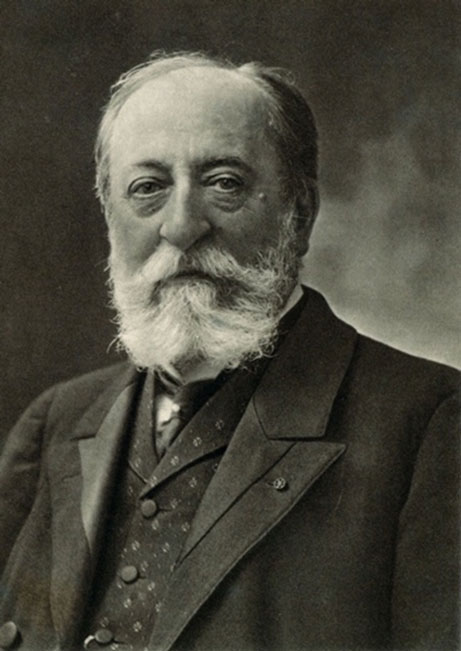
Camille Saint-Saëns
Pronounced Kul-mil Say-Sohn(ce)
Fast Facts:
- Saint-Saëns was born in Paris 1835. His aunt introduced him to piano and gave him his first lessons. He began demonstrating perfect pitch at age two and gave his first public concert at age five.
- He studied organ at the Conservatoire de Paris where he became close friends with fellow composer Franz Liszt. Liszt described Saint- Saëns as “the greatest organist in the world.”
- In addition to writing traditional classical music, he wrote film score for the picture “the Assassination of the Duke of Guise.” Eventually, Saint- Saëns arranged this score into the Opus 128 for strings, piano, and harmonium.
- As a talented organist and pianist, he also loved to experiment with recordings. He was the earliest-born pianist to make a recording of his work.
- Saint- Saëns’ most famous work, Carnival of the Animals, was originally written as a joke, which is why he was worried it might ruin his reputation if it was performed. Therefore, he only published one movement of the work, The Swan, while he was alive. It became acclaimed worldwide after ballerina Anna Pavlova choreographed a piece called The Dying Swan.
Lili Boulanger
Psalm 24
Listen to Boulanger’s Psalm 24 by WDR Symphony Orchestra
Scored for choir, solo tenor, organ, brass ensemble, timpani, and harps, Psalm 24 is a powerful yet inspiring piece that speaks to Boulanger’s incredible skills as a composer. Boulanger wrote this piece in 1916 while she lived in Rome. As a devout Catholic, it is one of her many Psalm-based works. The piece uses the text of Psalm 24 from the Christian Bible, which highlights the glory of God through the righteousness of his creations on Earth.
The piece opens with boisterous brass and organ chorale, introducing the glorious presence of God. This fanfare continuously appears throughout the piece, always reaffirming this belief in God. After this powerful introduction, the choir responds with the same sense of fervor to underscore the dynamic text they are singing. Following, the energy of both the orchestra and the choir lightens until the choir sings acapella (without accompaniment). Out of the choirs peaceful acapella, the tenor solo emerges in an intimate duet with the brass supporting him. Slowly the entire ensemble begins to build liveliness until the opening fanfare returns once again. This piece is a masterful demonstration of not only Boulanger’s intricate composition, but how the dynamic between orchestra and choir can shape the text of the piece.
Joseph Bologne,
Chevalier de Saint Georges
Violin Concerto No.2 in A Major
Listen to Chevalier de Saint-Georges’ Violin Concerto No.2 in A Major by the Detroit Symphony Orchestra with Augustin Hadelich
Despite most of Chevalier de Saint-George’s work being forgotten, including his Violin Concerto No. 2 in A Major, it is hardly due to the originality in the violin soloist technique nor orchestration. As one of his 14 violin concerti, this concerto provides a seamless blend of technical virtuosity and tunefulness that can even rival Mozart’s 5 violin concerti. The piece was written in 1775 on the cusp of the French Revolution. Like the social atmosphere of Paris at the time, this concerto, like many of Chevalier’s works, lend itself towards the upheaval and rebirth of French culture away from the aristocracy and towards the bourgeoisie’s, or middle class’, values. Thus, Chevalier’s Violin Concerto No.2 in A Major is full of innovative techniques and themes that make his works so catching for listeners.
The concerto opens with a sense of regalness and lyricism with moments of bursts of energy from both the soloist and orchestra throughout the 1st movement. Additionally, this first movement plays with lightness and darkness all through a brilliant quality from the soloist. Conversely, the second movement, Largo, is sweet and flowing. The soloist as well as the orchestra seamlessly flourish, full of emotion. The third movement ends the concerto charmingly with is easy warm character. As a Rondo, this final movement takes this tender opening melody and intertwines it with variations that highlight the virtuosity of the violin soloist, which creates a blend of lilting and lively melodies.
Camille Saint-Saëns
Symphony No.3, “Organ”
Listen to Saint-Saens’ Symphony No.3 “Organ” by the Frankfurt Radio Symphony
As one of Saint-Saens’ most prestigious works, his “Organ” Symphony glows because of its imaginative melodies, colors, textures, and compositional genius. The piece was commissioned in 1886 by the Royal Philharmonic Society, and Saint-Saens conducted the premiere in London that same year. Despite being considered a conservative composer, his Symphony No.3 speaks to his innovative composition due to its intricate thematic development and orchestration. Saint-Saens even claimed that he “gave everything to it [he] was able to give. What [he had] here accomplished, [he] will never achieve again.” Now, Saint-Saens’ Symphony No. 3 or “Organ” Symphony is known as one of the most significant and technically revolutionary orchestral works.
The symphony opens with an ominous slow introduction, leading into the opening themes of the movement after this short prelude. Yet, instead of going into the recap when expected, Saint-Saens moves directly into the second movement. This transition is jarring as the second movement starts in D-flat Major, which is technically challenging to arrive at from the home key of the symphony, c minor. The shift in key and character is unmistakable as the organ enters for the first time, soft and low, while the strings enter with bliss. This calm is then interrupted with a scherzo, or quicker section, with the strings driving the shift in energy. However, this energy eventually is broken, and the strings open into a unison chorale. As this chorale dissipates, the organ enters once again to signal a final shift, leading to the brilliance of the elaborate and extravagant ending. This piece highlights both the power of the organ and the vibrance of the traditional orchestra; it is a great way to expose listeners to the variety of textures and emotions capable of this ensemble.
